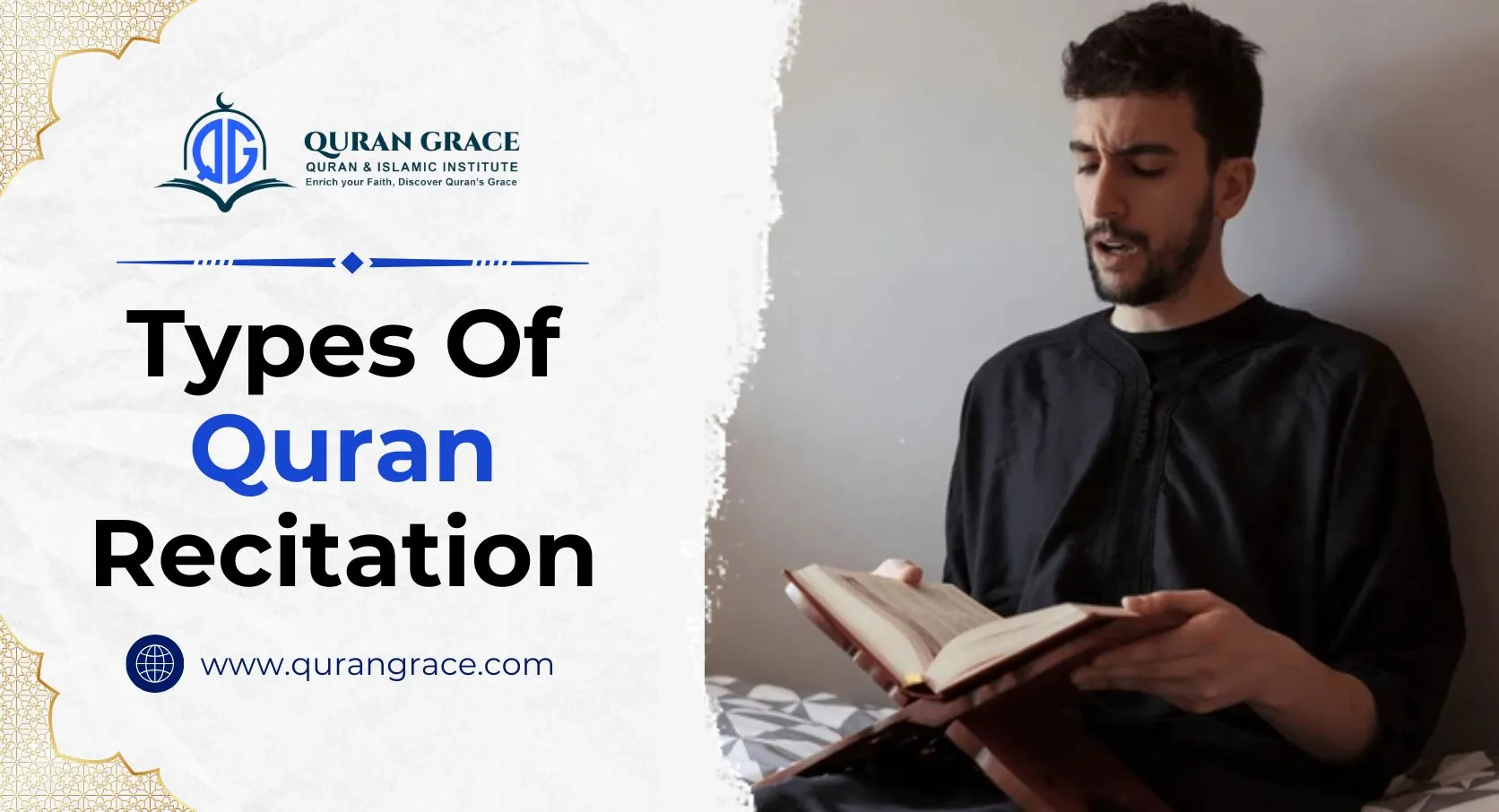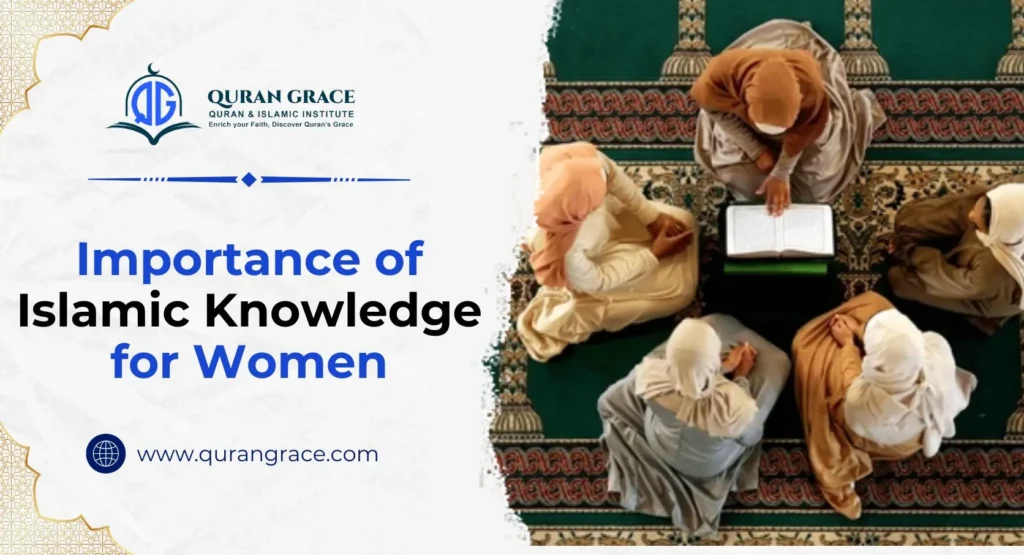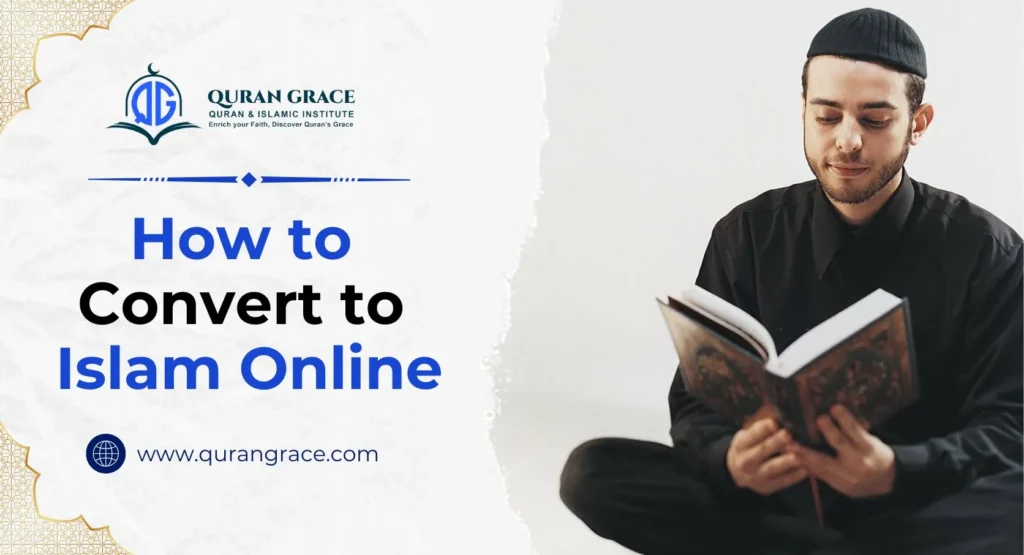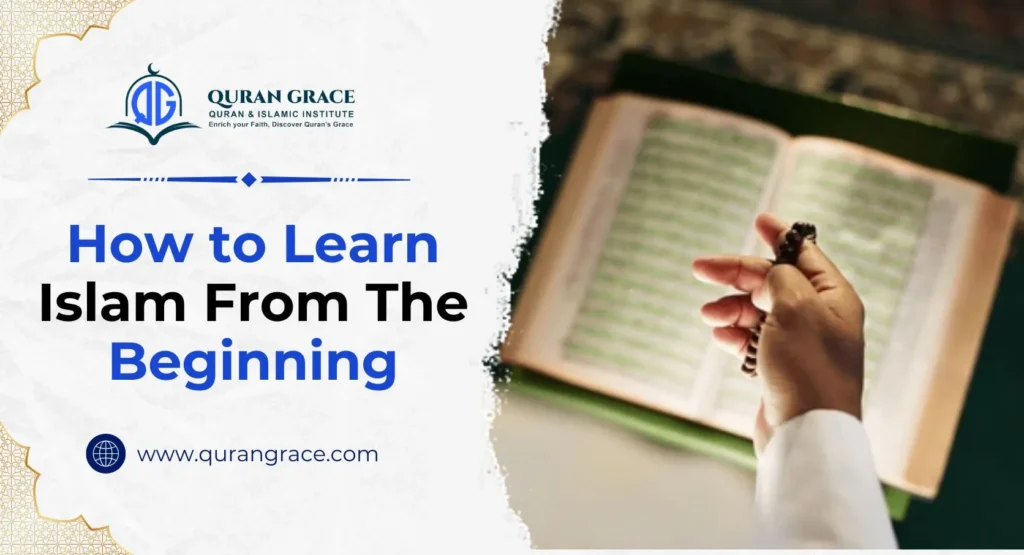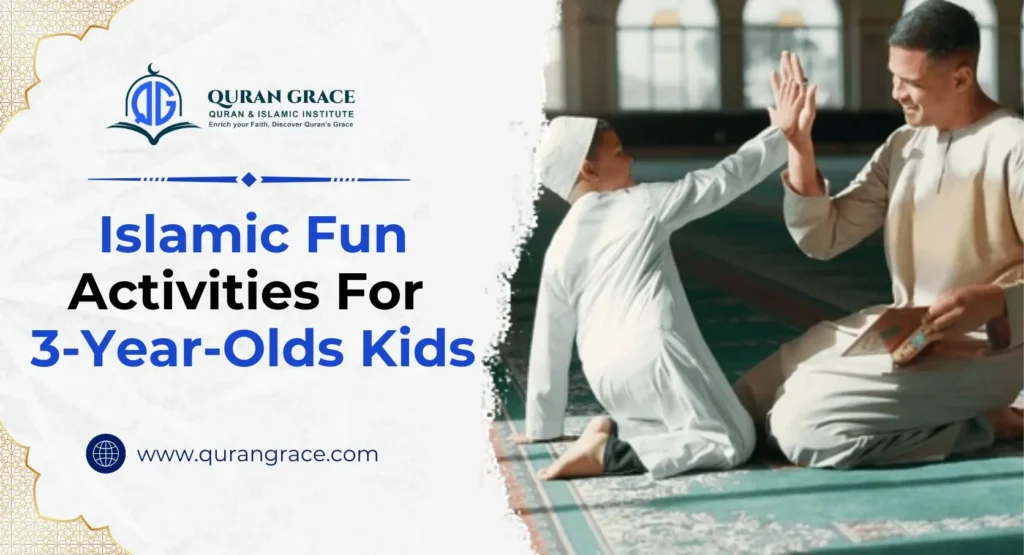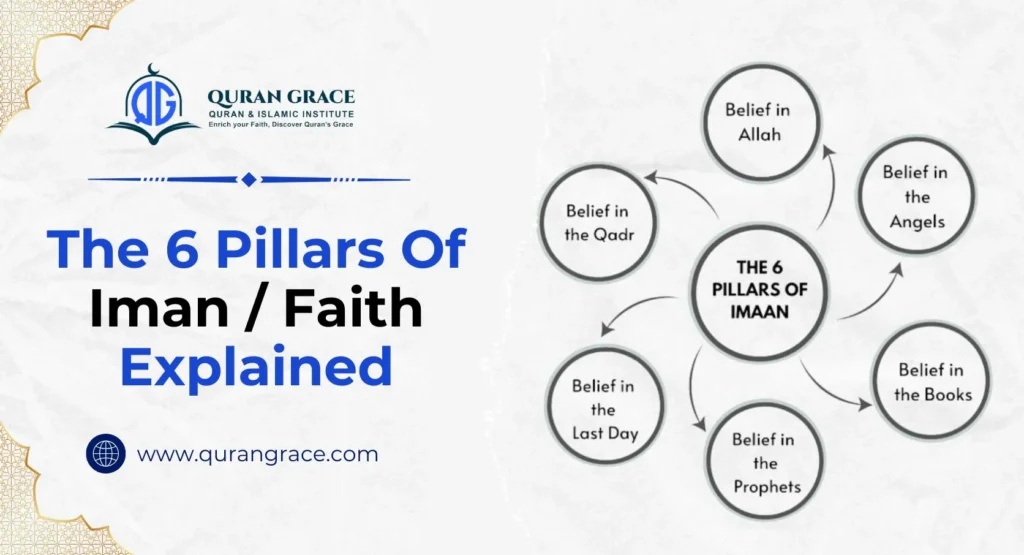Reciting and memorizing the Quran assist us in learning the book of Allah with devotion and reverence. The Quran is preserved in its original Arabic form and recited in various styles known as Qira’at. These different recitations trace back to the Prophet Muhammad PBUH and have been transmitted through authentic chains of narration. Each one of these 7 Qira’a has slight variations in pronunciation, elongation, and sometimes even in specific word choices, but all convey the same divine message. Let’s explore the history and types of these recitations.
Table of Contents
Toggle7 Types of Quran Recitations (Qiraat)
The types of Qiraat (riwayat of quran)mentioned are categorized as Mutawatir, indicating they are transmitted through a wide-ranging, autonomous series of authorities that ensure accuracy. These methods were selected by Abu Bakr ibn Mujahid, a renowned Qur’anic scholar in the field of Qiraat.
1. Ibn Katheer Al-Makki
This way of recitation was preserved by Qunbul and Al-Buzzi, and both of them plus Imam Shafi used to recite using this manner. The full name of the reciter of this type is Abdullah, Abu Ma’bad al-‘Attar al-Dari.
2. Naafi’ Al-Madani
This way of recitation was preserved by Warsh and Qaloon and used by Imam Ahmad ibn Hanbal (RA) and Imam Malik (RA). The full name of the recitor of this type is ibn ‘Abd ar-Rahman Ibn Abi Na’im, Abu Ruwaym al-Laythi.
3. Abu Amr al-Basri
This way of recitation was preserved by As-Soosi and Ad-Doori. The full name of the recitor of this type is Zuban Ibn al-‘Ala’ at-Tamimi al-Mazini, al-Basri.
4. Ibn Aamir ash-Shami
This way of recitation was preserved and recited by Ibn Dhakwan and Hisham. The full name of the recitor of this type is Abdullah Ibn ‘Amir Ibn Yazid Ibn Tamim Ibn Rabi’ah al-Yahsibi.
5. Asim Al-Kufi
This way of recitation was preserved by Hafs and Shuba. Also, Imam Ahmad ibn Hanbal (RA) and Imam Abu Hanifa (RA) used to recite the Quran in this way. The full name of the recitor of this type is Abu Bakr, ‘Aasim Ibn Abi al-Najud al-‘Asadi.
6. Hamzah al-Kufi
This way of recitation was preserved by two renowned Qaris, whose names are Khallad and Khalaf. Qirat Khalaf al-Bazzaris, which is another type of 0Qirat, is also narrated by Khalaf. The full name of the recitor of this type is Abu ‘Imarah, Hamzah Ibn Habib al-Zayyat al-Taymi.
7. Al-Kisaa’i (Kufa)
This way of recitation was preserved by Al-Layth and Ad-Doori. The full name of the recitor of this type is Abu al-Hasan, ‘Ali Ibn Hamzah al-Asadi.
The Quran has a total of ten different types of Qirat (recitations), but generally, only seven are commonly recognized. This focus on seven can be traced back to the early days of the Muslim conquests when seven well-known scholars remained in a specific region along with their students.
The other three Qirat methods were preserved by scholars who migrated to various parts of the world. Later, a scholar named Ibn al-Jazari travelled extensively and identified three additional recitation methods.
Note: Quran Grace Follow all these types of qiraat al quran in their “online Qirat course” for students of all ages to recite quran beautifully.
The Major Differences Between Recitation Types
Pronunciation Differences
There is a clear difference in Tajweed and makharij in some of the words in all of these recitation styles.
Example: The word يؤمنون (“they believe”) can be pronounced yu’minūn or yu’minūna.
Vowel Variations
The slight variation in vowels is visible in these recitation types.
Example: مالك يوم الدين (“Master of the Day of Judgment”) in Ḥafṣ,
while ملك يوم الدين (“King of the Day of Judgment”) in Warsh.
Word Substitutions (Slight Variations)
This is found rarely, but a substitute for a word is found in some of the qirat styles.
Example: فتبينوا (“verify”) in Ḥafṣ vs. فتثبتوا (“confirm”) in Warsh in Surah Al-Hujurāt (49:6).
Differences in Stops and Pauses
Some recitations allow stopping at certain points while others continue. On the contrary, some recitations allow pausing at certain places while others stop or continue.
History of Different Types of Quran Recitations
Since the time of the Prophet Muhammad (PBUH), the tradition of Quranic recitation has been transmitted from one generation to the next. The Huffaz showcased diverse styles of recitation and moved to different cities/areas.
In the era of the successors, these esteemed reciters emerged as renowned teachers of the Quran. They became prominent figures in significant cultural and religious hubs such as Madinah, Makkah, Kufa, greater Syria (al-Sham), and Basra. The types of Qiraat refer to how the well-known expert chain holders (the Rawis) read the Quran. All the names of the types of Qirat of quran are derived from the names of well-known Rawis, who recounted them with an authentic and recognized chain.
As the Muslim community expanded, people from every corner journeyed to these teachers to learn their unique approaches to recitation. This diversity in recitation styles highlights the eloquence of the Quran and the deep respect with which it has been transmitted through the ages.
Conclusion
The 10 Qirā’āt are authentic and divinely preserved variations in the recitation of the Qur’ān, each transmitted through unbroken chains of authority. While Hafs an Asim is the most widely used recitation, other Qirats, such as Warsh, Qalun, and Ad-Duri are still prominent in certain regions.
We at Quran Grace offer to teach you to read the Quran in different ways to make your recitation proper and beautiful. Join a free trial session and get enroll in any of our online quran recitation course to learn the qirat of the Quran.

